
Transitional Errors
Transitional errors happen when a coin is struck on a planchet meant for the previous year of a different composition or when a coin is struck with dies meant for a different year.
The most famous example of this might be the 1943 Lincoln cent struck on a Copper planchet.
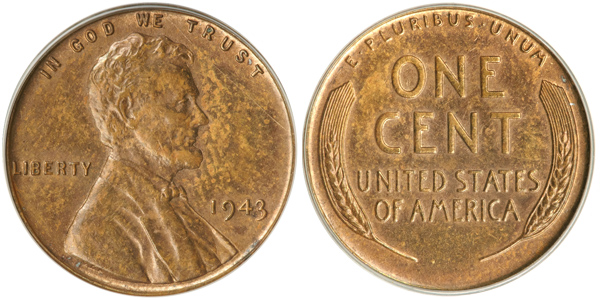
Photo By Heritage Auction Galleries
Transitional errors happened at all three mints in 1943. The 1943 cents were intended to be struck only in Steel coated with Zinc to protect the coins from rusting.
Again, in 1944 the mint changed the composition of the cent and a few of the 1944 cents were accidently struck on the Steel planchets from 1943.
The Steel cents produced in 1944 could be due to the mint using the 1943 Steel cent planchets to mint the 1944 Belgium 2 Franc coin at the same time.
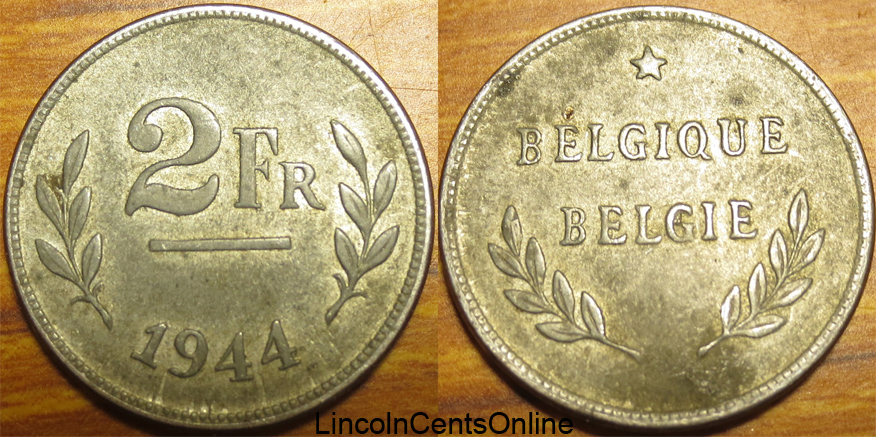
Regardless of how it happened, the 1944 Steel cents are considered a transitional error and are highly sought after by collectors.
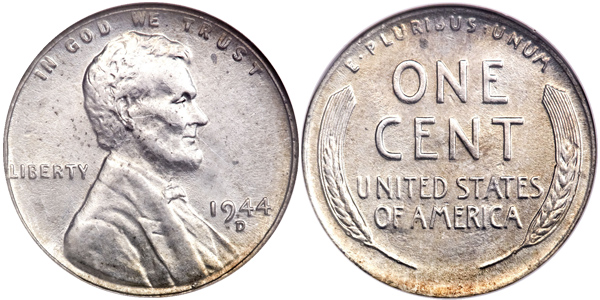
Photo By Heritage Auction Galleries
In 1982, the mints issued seven different business strike varieties of the Lincoln cent for circulation, plus a Proof cent for collectors. Copper plated Zinc and Copper cents were both minted in 1982. 1982 large date Copper, 1982 large date Copper plated Zinc, 1982 small date Copper, 1982 small date Copper plated Zinc, 1982 D large date Copper, 1982 D large date Copper plated Zinc, 1982 D small date Copper plated Zinc, 1982-S large date copper Proof. There were no small date Copper cents issued at the Denver mint.
In November of 2016, a collector in Minnisota discovered a 1982-D small date Copper cent while searching a mint bag of 1982 cents.
The first coin pictured is a large date, compared to a small date in the second image.
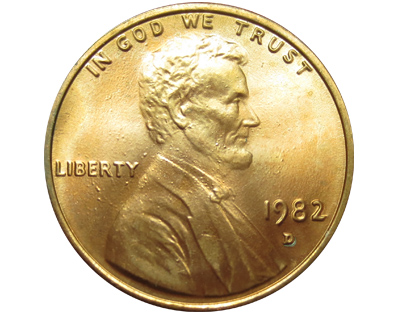
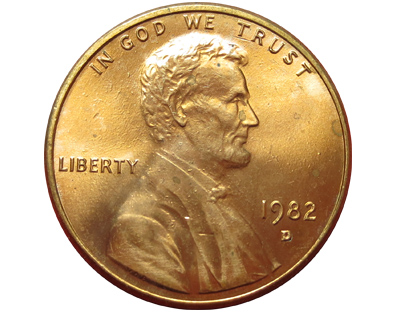
Another year that has recently gained some attention for transitional errors is 1983. 1982 was that last year that the US mint minted the 95% Copper cents for circulation which opened the door for more transitional errors in 1983.
To date, only a few 1983 95% copper cents have been found and only one 1983-D that was certified by PCGS. Prices for these transitional cents can reach over $20,000.00 depending on the condition of the coin.
If you think you may have found a 1983 or 1983-D Copper cent visit this page.
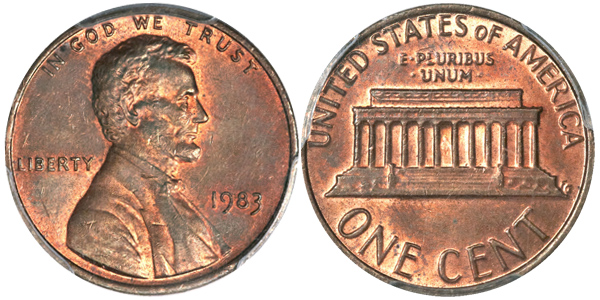
Photo By Heritage Auctions
Other years where people have found transitional errors from cents being minted on the wrong planchets are 1989-D and 1990-D.
Another type of transitional error happens when a coin is minted using a die that was intended for a different year. This has happened several times in that past and, depending on rarity, these errors can be worth from a few dollars to several hundred dollars.
The wrong die can be left over from a previous year or one that was not intended to be used until the following year. One example of this is the 1988 and 1988-D cents. These coins have the reverse design that was intended to be used on the 1989 cents, but was put into use early by mistake. A similar thing happened in 1989 with the cents having the reverse design that was intended to be used on the 1988 cents. This also happened at both mints.
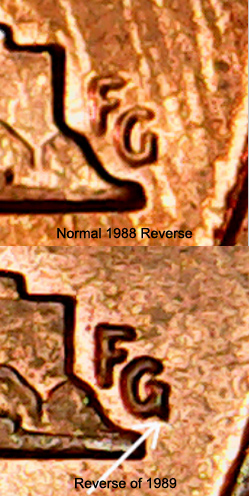
One of the best pick up points in determining which reverse you have is to look at the designer's initials next to the Memorial building. Other than the design difference in the initials, they are also usually weakly struck on the 1988 cents compared to a bolder strike on the 1989 cents.
In 1993 the mint changed the reverse design of the cent that better spaced the letters on UNITED STATES OF AMERICA. This new reverse design was accidentally used on an unknown number of 1992 and 1992-D cents.
The 1992 and 1992-D close AM cents are the valuables ones. The wide AM on the 1992 cents is common.
Below is a photo of a 1992 Close AM cent.
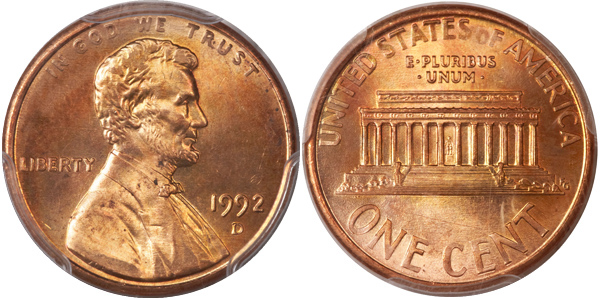
Photo By Heritage Auctions
The opposite is true for the 1998, 1999, and 2000 cents. The wide variety is the more valuable on these dates, but their value is considerably less than the 1992.
The 1998, 1999, and 2000 cents have a similar error, but it's not a true transitional error because the different reverses some of them have are not due to a change in design over different years. Instead it was casued by a mix up in the reverse dies for the Proof and business strikes.
The reverse design for Proof cents from 1994 to 2008 was supposed to have the wide AM in AMERICA and the business strikes were supposed to have the close AM. Some of the dies intended for Proof strikes only were used to make an unknown number of business strikes in 1998, 1999, and 2000. It is these coins that have the wide AM. Also, some the dies intended to be used on the business strikes were used to strike Proof coins in 1998 and 1999. These Proof coins have the close AM and are also valued by collectors.
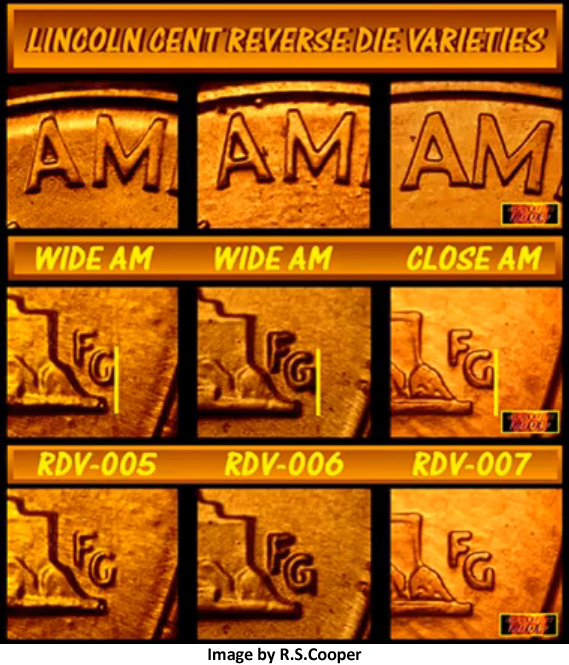
The possibility of a transitional error exists any time there is a change in design from one year to the next. 2009 saw a major reverse design change as well as 2010 with the new union sheild reverse that we see on cents today. The last major change of the reverse design was in 1959 when the wheat head reverse was discontinued and replaced with the Memorial reverse design.
In 1986, a 1959-D cent turned up with the wheat ear design on the reverse. This coin was eventually sent to the US Treasury Department who examined the coin and said that it was genuine. This coin was to go to auction in 2002, but was pulled because a know forger, Mark Hofmann claimed that he made the coin using the spark erosion process.
To date, no third party grading service will authenticate the coin and it is still considered very controversial.
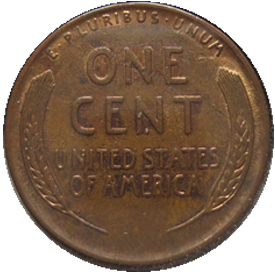 Next Page
Next Page